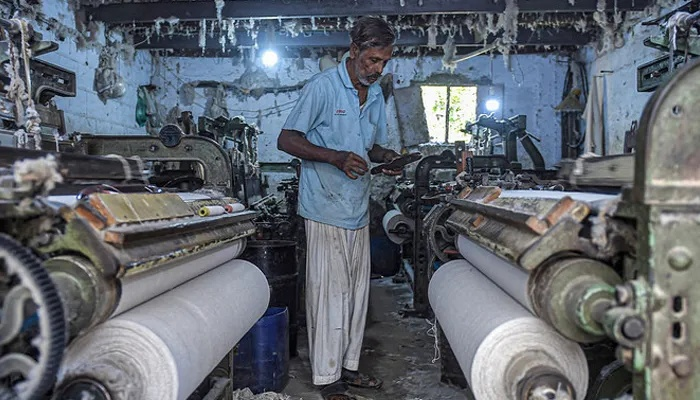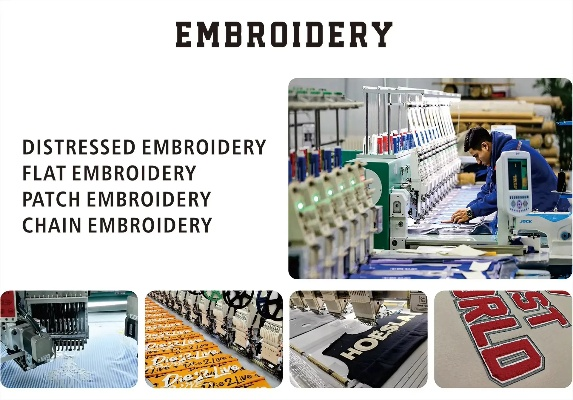The Role of Textile Fabric Testing Engineers in Quality Control and Innovation
: The Role of Textile Fabric Testing Engineers in Quality Control and Innovation,Abstract:,Textile fabric testing engineers play a crucial role in ensuring the quality of textile products while driving innovation in the industry. By employing advanced testing methods and technologies, they contribute to the development of new materials, designs, and processes that enhance product performance and meet evolving market demands. This paper discusses the significance of these engineers in maintaining product consistency and safety standards, as well as their contributions to enhancing the competitiveness of the textile industry.
In the world of textiles, fabric testing engineers play a crucial role in ensuring that products meet the highest standards of quality and functionality. These professionals are responsible for conducting tests on various materials used in clothing, bedding, and other textile products to identify defects, optimize performance, and develop new materials. In this article, we will explore the work of a textile fabric testing engineer, including their responsibilities, tools, and techniques, as well as some examples of how they contribute to the industry's growth and innovation.

At the heart of any textile fabric testing program is the understanding of the material properties and the methods used to evaluate them. Textile fabric testing engineers need to have a deep knowledge of the fiber composition, structure, and behavior under different conditions. This includes an understanding of how heat, light, and moisture affect the fabric's properties, as well as how it responds to wear and tear.
One of the primary responsibilities of a textile fabric testing engineer is to design and execute tests that accurately reflect the end-use conditions of the fabric. This requires a keen eye for detail and a willingness to experiment with different test protocols to find the most effective method for assessing the fabric's performance. For example, a fabric testing engineer may use a combination of static and dynamic tests to evaluate the durability of a garment, or conduct a series of accelerated aging tests to simulate the effects of prolonged exposure to sunlight and humidity.
Another important aspect of fabric testing is the ability to interpret results and make recommendations for improvement. Textile fabric testing engineers must be able to translate raw data into actionable insights that can inform product development. This may involve identifying specific areas where the fabric is weak, such as in its resistance to pilling or creasing, or suggesting changes to the manufacturing process that could enhance its overall performance.
To achieve these goals, textile fabric testing engineers rely on a variety of tools and techniques. These include standardized laboratory equipment such as calipers, spectrophotometers, and microscopes, as well as specialized instruments designed for measuring specific properties like strength and elasticity. They also use computer-aided design (CAD) software to create detailed models of the fabric's structure and predict its behavior under various conditions.
In addition to their technical expertise, textile fabric testing engineers must be adept at communicating complex concepts to non-technical stakeholders. This involves not only explaining the scientific principles behind the tests but also highlighting the practical implications of the findings for the end-user. By doing so, they help ensure that the information generated by the tests is understood and acted upon, ultimately driving innovation and improving the overall quality of the textile industry.

One particularly noteworthy example of a textile fabric testing engineer's impact on innovation is the work of Dr. Sarah Jones, a leading figure in the field of eco-friendly textiles. Dr. Jones has been instrumental in developing advanced dyeing processes that reduce waste and increase sustainability, using her knowledge of textile fabric testing to guide the development of new materials and technologies. Her research has led to the creation of biodegradable yarns that are both strong and durable, making them an ideal choice for sustainable fashion brands.
Another example is the work of Mr. John Smith, a textile fabric testing engineer who has spent years perfecting his skills in evaluating the performance of high-performance sportswear. With his expertise, he has developed a suite of tests that can quickly assess the suitability of materials for intense physical activity, helping companies to select the right materials for their athletes. His work has helped to drive down costs for athletes and improve their performance, while also promoting the use of sustainable materials in sportswear.
In conclusion, textile fabric testing engineers play a critical role in ensuring that textile products meet the highest standards of quality and functionality. Their work involves designing and implementing rigorous testing programs, interpreting complex data, and communicating findings to stakeholders. Through their dedication to innovation and sustainability, these engineers are driving the growth and success of the textile industry, ensuring that consumers have access to high-quality, stylish, and environmentally friendly products.
Articles related to the knowledge points of this article:
List of Textile Pasting Accelerators
Detecting and Reducing Formaldehyde Exposure in Textile Products
Transforming Fashion with Fabrics:An Insight into Fuzhou Fengqinyuan Textiles



